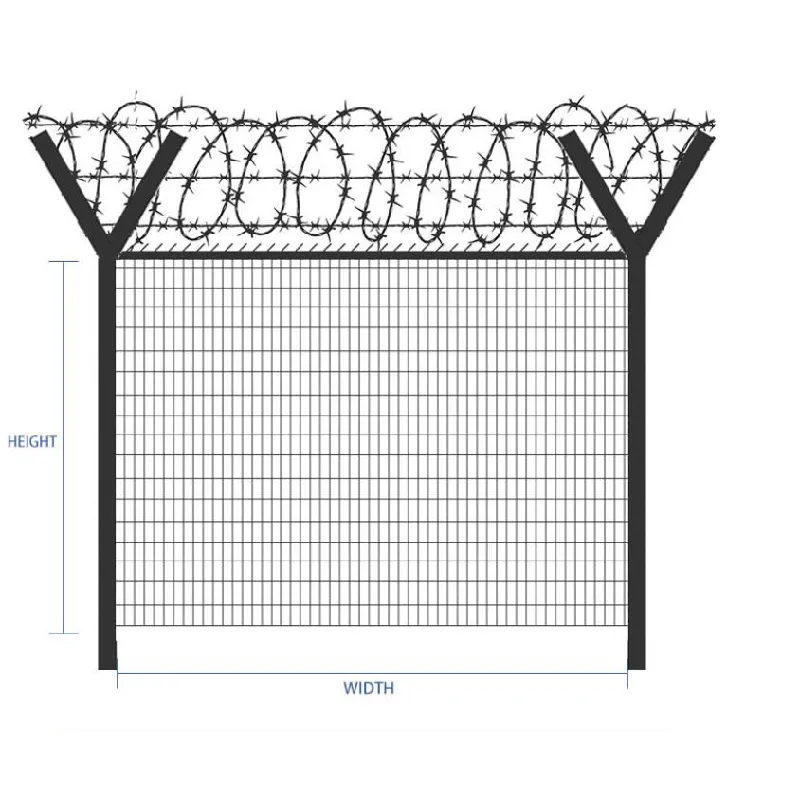
- Afrikaans
- Albanian
- Arabic
- Armenian
- Azerbaijani
- Basque
- Belarusian
- Bengali
- Bosnian
- Bulgarian
- Croatian
- Czech
- Danish
- Dutch
- English
- Esperanto
- Estonian
- Finnish
- French
- Galician
- Georgian
- German
- Greek
- hawaiian
- Hindi
- Hungarian
- Indonesian
- irish
- Italian
- Lao
- Latvian
- Lithuanian
- Luxembourgish
- Macedonian
- Maltese
- Myanmar
- Norwegian
- Polish
- Portuguese
- Romanian
- Russian
- Serbian
- Slovak
- Somali
- Spanish
- Swedish
- Thai
- Turkish
- Turkmen
- Vietnamese
okt . 11, 2024 10:48 Back to list
filling a gabion basket
Filling a Gabion Basket A Guide to Effective Use and Design
Gabion baskets have gained popularity in landscaping and civil engineering due to their versatile applications and aesthetic appeal. Typically constructed from wire mesh, these baskets can be filled with various materials to serve numerous purposes, including erosion control, landscaping, and even decorative elements in gardens. Properly filling a gabion basket is crucial to its effectiveness and longevity, and this article will provide a comprehensive guide on how to effectively fill a gabion basket.
Selecting the Right Materials
The first step in filling a gabion basket is deciding what materials you want to use. The choice of material can vary depending on the intended function of the gabion. Common filling materials include natural stones, rocks, gravel, and even recycled materials. When selecting your material, consider the size of the gaps in the wire mesh; larger stones work well for larger openings, while smaller stones might be needed for finer mesh. Additionally, if aesthetics are important, choosing stones of uniform color and size can create a visually pleasing structure.
Preparing the Site
Before filling the gabion basket, it is essential to prepare the site where it will be installed. Clear away any debris, grass, or vegetation to provide a clean surface for the basket. If the gabion is intended for erosion control, you may also wish to incorporate drainage measures to prevent water buildup behind the wall. A level foundation will ensure that the gabion remains stable and effective in its role.
Filling the Gabion Basket
filling a gabion basket

Once you’ve prepared the site and selected the appropriate materials, you’re ready to fill the gabion basket. Start by laying the basket on the prepared site and opening it fully. Begin filling the basket from the back to the front, ensuring that heavier stones are placed at the bottom for stability. Larger stones should be spaced equally, and smaller stones can be used to fill in the gaps. It’s important to fill the basket in layers; this helps to create a balanced structure and prevents shifting during the filling process.
As you fill the gabion, use a tamper or your hands to compact the stones. Proper compaction is essential for achieving a stable structure and preventing the basket from collapsing under its own weight. Additionally, taking care not to overfill the basket will help maintain its shape and effectiveness.
Securing the Gabion Basket
After filling the gabion basket, it’s essential to ensure that it is secured properly. This can be done by closing the lid of the basket and fastening it with wire ties or additional mesh. Make sure to check that the lid is secure to prevent any dislodging of stones over time, which could compromise the integrity of the structure.
Finishing Touches
Once the gabion basket is filled and secured, consider adding finishing touches to enhance its appearance. Surrounding the gabions with soil, plants, or mulch can create a more natural look and help the structure blend seamlessly into the landscape. You might also consider installing multiple gabions in a tiered fashion to create visual interest and maximize their functional benefits.
In conclusion, filling a gabion basket involves careful selection of materials, thoughtful site preparation, and proper filling techniques. With these steps in mind, you can create a sturdy and attractive gabion structure that serves both functional and aesthetic purposes in your landscape or erosion control project. Whether for practical applications or as a unique garden feature, gabion baskets can significantly enhance the beauty and functionality of any outdoor space.
-
Versatile Sheep and Livestock Hurdles for Sale
NewsApr.14,2025
-
The Rise of BRC Fencing
NewsApr.14,2025
-
High-Quality Cattle and Horse Panels for Sale
NewsApr.14,2025
-
Durable Cattle Fencing Solutions
NewsApr.14,2025
-
Double Wire Fencing Solutions
NewsApr.14,2025
-
360 Degree Protection with 358 Anti-Climb Fences
NewsApr.14,2025









